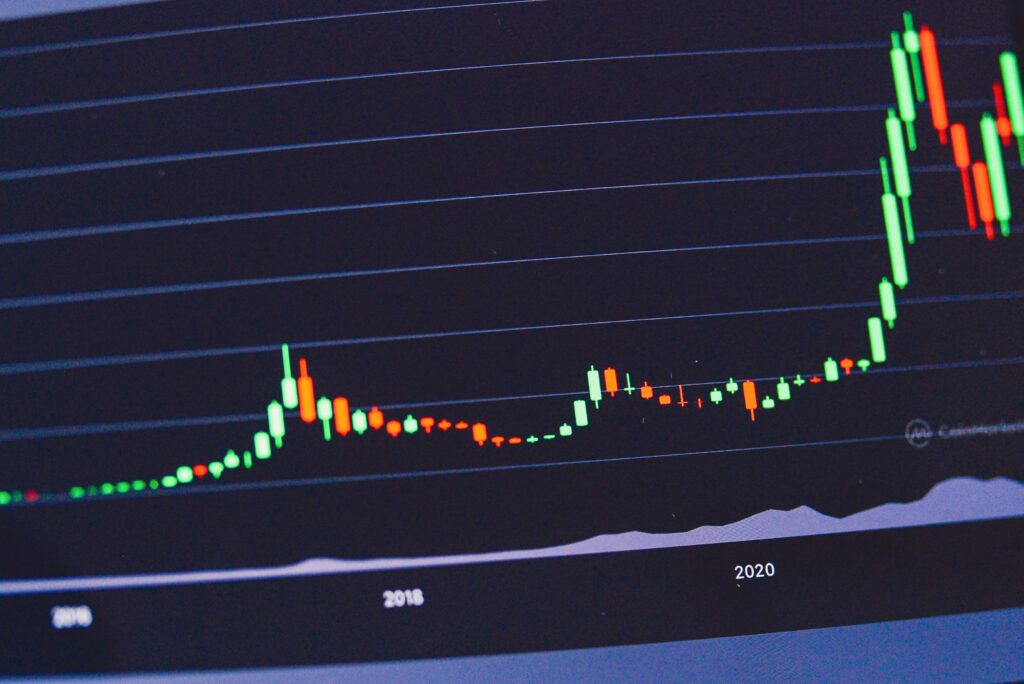Swing trading strategies have proven to be a popular and effective approach for many traders seeking to capitalize on short-term price fluctuations in the financial markets.
In 2024, a variety of swing trading strategies have emerged as particularly promising. This article will delve into the 7 best swing trading strategies of the year, providing you with valuable insights and techniques to enhance your trading success.
In This Post
What is Swing Trading?
Swing trading is a trading strategy that involves holding assets for a few days to a few weeks, aiming to profit from short-term price fluctuations.
Unlike day trading, which focuses on intraday movements, swing trading capitalizes on price swings that occur over multiple trading sessions.
Swing trading bridges the gap between day trading and long-term investing, where assets are held for extended periods, often years.
This strategy often involves technical analysis to identify potential entry and exit points, as well as risk management techniques to mitigate losses.
By carefully selecting assets and timing trades, swing traders seek to capture profits from price trends and reversals.
Best Time Frame for Swing Trading
The ideal timeframe for swing trading is one hour (H1) or longer. This timeframe minimizes the impact of short-term price fluctuations and allows you to focus on the overall trend, maximizing potential profits.
The currency pair, EUR/USD is the one of the best pairs for swing trading. However, you can use any major currency pairs also.
Top 7 Best Swing Trading Strategies in 2024
Here is our selection of the current best swing trading strategies:
Trend Following
One of the most fundamental swing trading strategies is trend following. This involves identifying and trading in the direction of a prevailing market trend.
There are two types of trend trading:
- You can enter a position at the end of a correction. This involves waiting until the price reverses and starts moving in the direction of the main trend. You then close the trade when the next correction begins.
- Alternatively, you can use a pending limit order to enter a trade with the trend. This avoids the risk of entering a trade too early, as a market order might trigger a trade if the price briefly reverses before continuing in the direction of the trend.
By using technical indicators like moving averages and trend lines, traders can spot potential trends and capitalize on their momentum.
Mean Reversion
Mean reversion strategies assume that prices eventually revert to their long-term averages. Traders who employ this approach look for assets that have experienced significant price deviations from their historical norms. They anticipate a reversal back to the mean, entering trades accordingly.
Breakout Trading
Breakout trading involves identifying and trading on price breakouts from support or resistance levels. When an asset’s price breaks above a resistance level or below a support level, it often signals a potential change in trend. Traders can capitalize on these breakouts by entering positions in the direction of the breakout.
Pullback Trading
Pullback trading is a strategy that focuses on buying assets after they have experienced a pullback from a larger uptrend.
Traders identify potential pullbacks using technical indicators like Fibonacci retracements or support and resistance levels.
They anticipate the asset to resume its uptrend after the pullback, entering trades at a lower price than the previous high.
Volume-Based Trading
Volume-based trading strategies consider the volume of trading activity to identify potential trading opportunities.
High volume can indicate increased interest in an asset, potentially leading to a price move. Traders can use volume indicators like the Accumulation/Distribution Index to identify potential setups.
Chart Pattern Trading
Chart pattern trading involves recognizing recurring patterns in price charts. These patterns, such as head and shoulders, triangles, and flags, can provide clues about potential price movements. Traders who identify these patterns can enter trades based on the expected outcome of the pattern.
Indicator-Based Trading
Indicator-based trading utilizes technical indicators to generate trading signals. These indicators, such as the Relative Strength Index (RSI), Moving Average Convergence Divergence (MACD), and Stochastic Oscillator, can help identify overbought or oversold conditions, as well as potential trend reversals.
Conclusion
Remember that while these swing trading strategies have proven effective in the past, it’s essential to conduct thorough research and develop a robust trading plan before implementing them.
Risk management is crucial in swing trading, and it’s important to set stop-loss orders to limit potential losses.
We are always open to guide you and mentor you through your trading journey.




